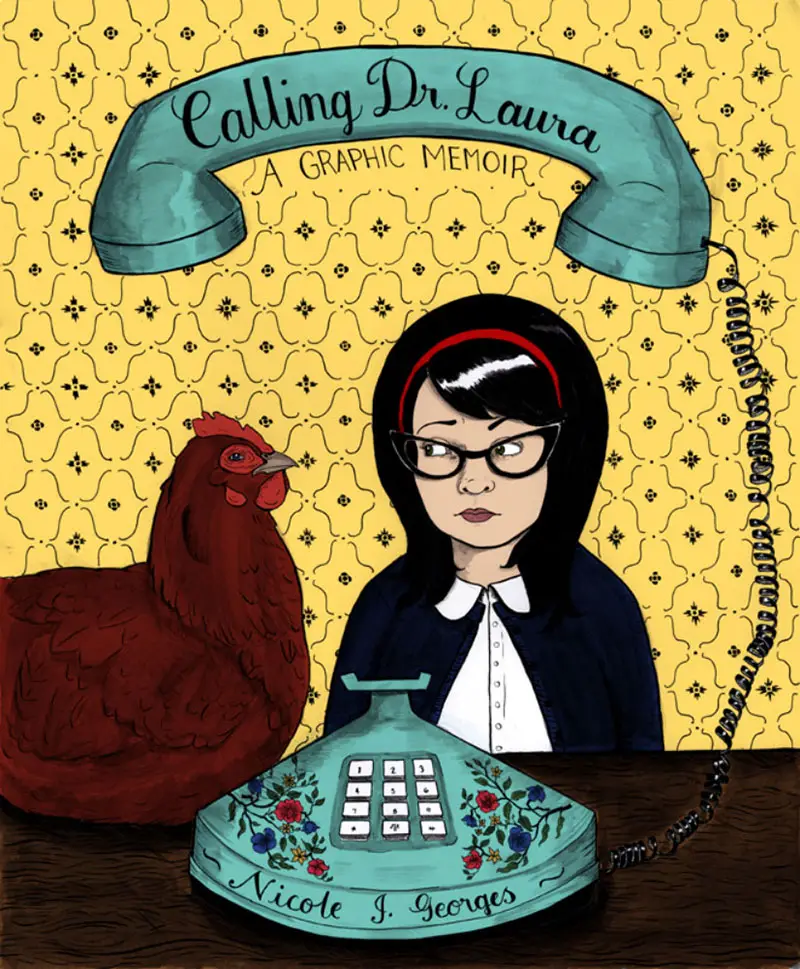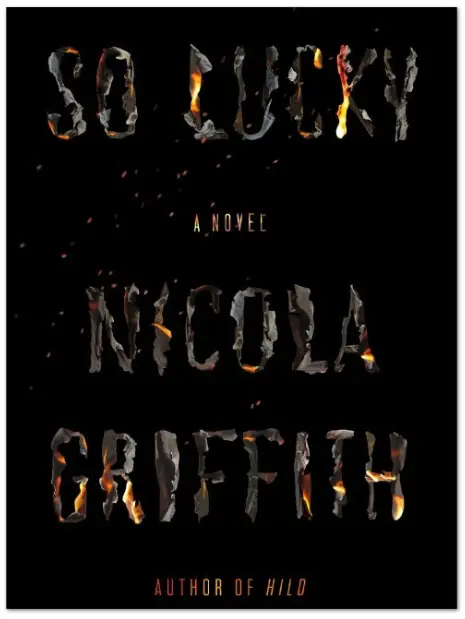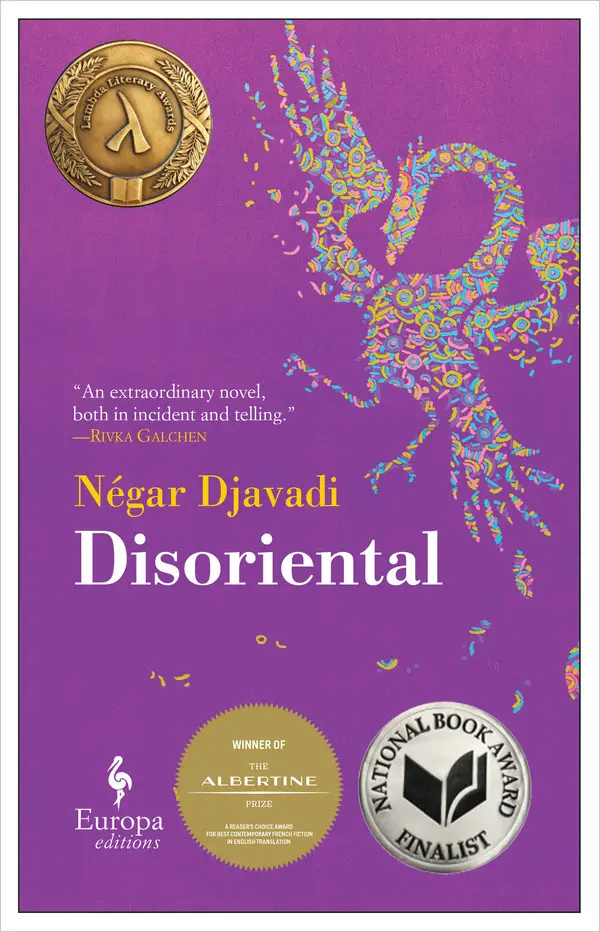Queer contemporary literature has worn many different hats, both before and after it entered mainstream pop culture. It’s hard to define, and thus, compiling a hard and fast list of books that fall within this category is not the simplest of tasks.
Many people believe that queer literature has to be about an LGBTQ+ character, while others think that queer lit can encompass the story of any marginalized person — it’s not just about sexuality and gender. And there are still others who assert that a book’s queerness lies in its ability to challenge conventions, both in form and in storytelling.
Instead of trying to discern a neat, distinct category for queer contemporary literature to exist in, perhaps we can say that every definition can be correct at the same time. After all, queerness is about blurring the lines of normativity.
With that in mind, here are five recently published books to enjoy this summer. Each selection employs queer elements that are shown either thematically, through their content or through form.
1. “Calling Dr. Laura” by Nicole J. Georges
A story about identity, family and home, “Calling Dr. Laura” is Nicole J. Georges’ debut graphic-novel memoir. The 2013 book centers around main character, Nicole, contrasting memories of her complicated childhood with scenes of her equally exhaustive adulthood.
As a child, Nicole feels isolated from her (much older) sisters, and battles with stepfathers who won’t ever live up to the imagined legacy of her late dad. As a 20-something in Portland, Nicole lives openly as a lesbian, but finds that she closes herself off in relationships. Meanwhile, she ultimately fears coming out to her homophobic mother and ruminates on their complicated relationship, which has been an issue throughout Nicole’s life.

The form itself can also be considered queer, as its non-linear, graphic storytelling relies on visuals to convey Georges’ not-so-readily-expressed emotions, as she navigates troublesome romantic relationships and familial secrets. The blending of the fictitious with the factual blurs the definition of truth, and asserts that truth itself comes from the ways in which you remember it.
2. “An Unkindness of Ghosts” by Rivers Solomon
Rivers Solomon’s debut science-fiction novel follows a generation ship in space, en route to the alleged Promised Land. Though the ship is millions of miles away from Earth, it still retains racist, classist and sexist systems within the interstellar community.

The 2017 book deals with plantation life in a futuristic setting, and its bisexual, black, intersex protagonist, Aster, has the opportunity to dismantle it all. The story is riddled with characters of marginalized identities, like that of Aster, but what makes “An Unkindness of Ghosts” stand out is that the characters’ queerness is not the central part of the story, nor does it feel tokenistic — it just is.
However, unlike a lot of speculative fiction, this book is not escapist writing. Although it takes place in a fictionalized setting, Solomon portrays social issues as they exist in the real world.
3. “So Lucky” by Nicola Griffith
Nicola Griffith’s 2018 novel depicts the life of Mara, a woman whose entire world flips on its head when she is diagnosed with multiple sclerosis. She had been an executive of an HIV-focused organization.
After Mara and her wife of 14 years separate, Mara experiences a fall that is revealed to be due to multiple sclerosis. As her condition worsens, Mara finds that she cannot control her own body anymore.

Griffith queers form in the way she showcases Mara’s paranoia, as well as the way her mistrust (bodily or otherwise) manifests as figures in the shadows. Honing in on the theme of trust, the story focuses on the physical body, and how to rebuild a relationship with it when it becomes unreliable. The book also examines systemic disadvantages against the disabled community, as Mara learns just how inaccessible her world really is.
4. “Disoriental” by Négar Djavadi
Main character Kimiâ Sadr recounts grappling with the complicated natures of family, home and identity in Négar Djavadi’s 2018 novel. At age 10, Kimiâ and her family are forced to flee Iran during the 1979 Islamic Revolution. Though they settle unharmed in France, the Sadr family finds that they are not quite at home.
Djavadi examines cultural assimilation through the way the Sadrs must ultimately shed pieces of their former selves in order to fully integrate into French society. Twenty years later, in a French fertility clinic, Kimiâ reflects on her past and struggles to connect her own identity as a lesbian with the homophobic sentiments of her home country.

Djavadi plays with form and blurs genre lines by providing footnotes that give historical and cultural context to the events of the novel. Ultimately, “Disoriental” is a story about the intersections of race and identity, and about finding home when it is seemingly not there.
5. “History of Violence” by Édouard Louis
Édouard Louis paints a horrifying picture of violence in his 2018 autobiographical novel, where he recounts the story of his sexual assault, his identity as a gay man and the complications of the criminal justice system, which never seems to serve the impoverished or people of color.
Throughout this book, Louis seeks to reclaim his own tale, as his main character Édouard explains that the system robbed him of agency over his own experience. He is raped by a man who is ashamed of a previous (consensual) sexual encounter with Édouard. Meanwhile, Édouard himself is closeted and struggles to thrive in a poor, uneducated community, which would likely reject his identity.
When he decides to report the incident, Édouard regrets it because the police only focus on the color of his rapist’s skin. Édouard feels that his rapist’s conviction will not bring justice, since he understands how incarceration fails to rehabilitate; instead, it often makes convicts even more violent. It’s a story about identity and systemic injustices, but more than that, it’s a story about violence: how it manifests, what it looks like and what it inherently does to people.
















